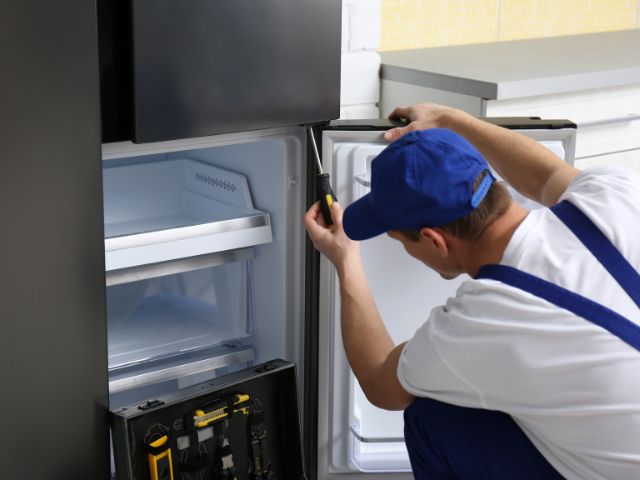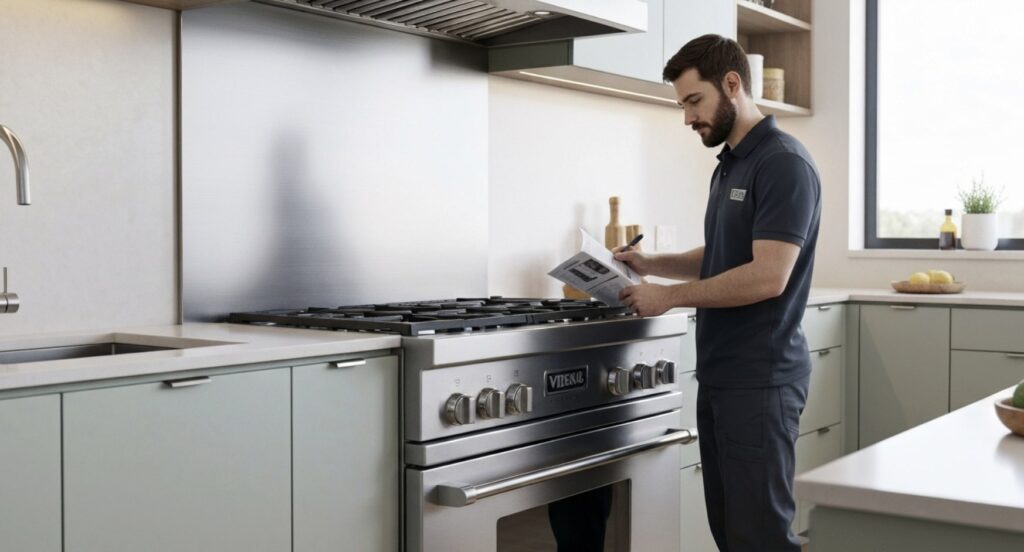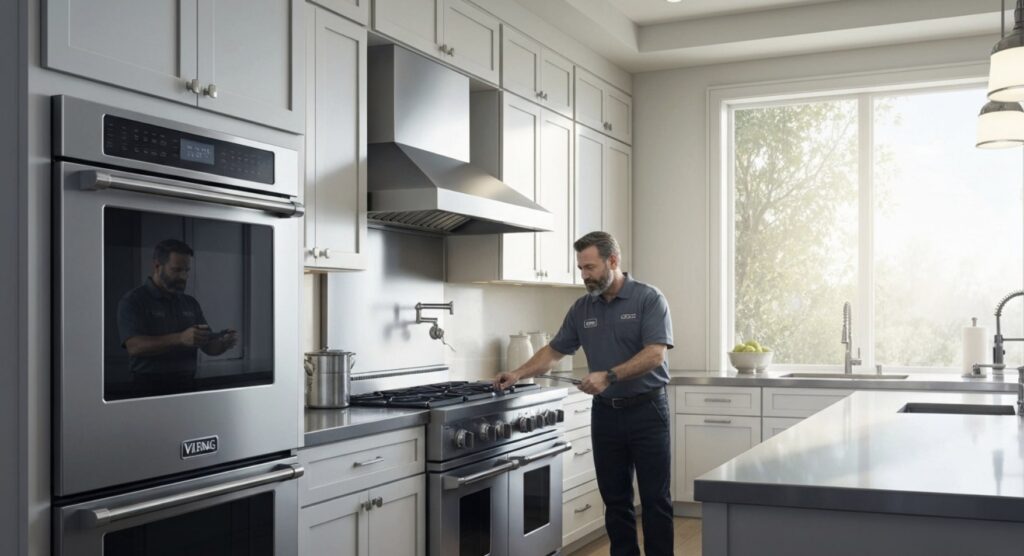Ice makers are a fantastic convenience in modern refrigerators, providing easy access to ice for drinks, parties, and everyday use. However, like any appliance, they can experience electrical issues that may leave you without ice when you need it most. This guide will help you navigate the process of troubleshooting ice maker electrical issues in a simple and straightforward manner, so you can enjoy chilled beverages without a hitch.
Understanding the Basics of Your Ice Maker
Before diving into troubleshooting, it’s essential to understand the basic components of your ice maker. Most ice makers include:
- Water supply line: This delivers water to the ice maker.
- Electrical connections: These are responsible for powering the unit.
- Thermostat: This regulates the temperature, determining when to make ice.
- Control module: This manages the various functions of the ice maker, including when to start and stop making ice.
If your ice maker isn’t working, the problem could lie in any of these components.
Common Signs of Electrical Issues
When troubleshooting ice maker electrical issues, look out for these common signs:
- No ice production: If the ice maker is not making ice at all, it could be a sign of electrical failure.
- Frequent ice jams: This may indicate that the ice maker is trying to produce ice but is unable to due to electrical problems.
- Unusual noises: If you hear buzzing or clicking sounds, it could be a sign that the electrical components are malfunctioning.
Step-by-Step Troubleshooting Process
Step 1: Check the Power Supply
The first step in troubleshooting ice maker electrical issues is to ensure that your ice maker is receiving power.
- Inspect the power cord: Ensure that it is plugged in securely and not damaged.
- Check the circuit breaker: If the ice maker is not receiving power, the circuit breaker may have tripped. Reset it if necessary.
- Test the outlet: Use a multimeter to check if the outlet is functioning correctly. If not, consult an electrician.
Step 2: Examine the Water Supply Line
A malfunctioning water supply line can also contribute to electrical issues.
- Inspect for kinks: Ensure that the water line is not kinked or blocked.
- Check the water valve: The water inlet valve may be faulty. You can test this by disconnecting it and checking for continuity with a multimeter.
- Look for leaks: Water leaks can affect electrical components, so inspect the area for any signs of moisture.
Step 3: Inspect the Ice Maker Components
If the power supply and water line are in good condition, it’s time to examine the internal components.
- Test the thermostat: The thermostat regulates the temperature and can fail over time. Use a multimeter to check for continuity.
- Examine the control module: This is the brain of your ice maker. If you notice any signs of burning or damage, it may need replacement.
- Look for ice buildup: Excessive ice buildup can hinder the ice-making process. If you find ice obstructing the mechanism, carefully defrost the unit.
Step 4: Reset the Ice Maker
Sometimes, a simple reset can resolve minor electrical issues.
- Locate the reset button: Most ice makers have a reset button. Refer to your user manual for its location.
- Press and hold the reset button: This usually takes around 10 seconds, after which the ice maker should restart.
Step 5: Call a Professional
If you’ve completed the previous steps and your ice maker is still not functioning, it may be time to call in a professional. Issues like faulty wiring or complex control module failures require expertise to diagnose and repair safely.
Final Thoughts
Troubleshooting ice maker electrical issues can seem daunting, but with the right approach, you can identify and address the problem effectively. Start by checking the power supply, then examine the water line and internal components, and don’t hesitate to reset the unit. If these steps don’t yield results, seeking professional assistance is always a wise choice. Keeping your ice maker in good working condition will ensure that you have a steady supply of ice for all your needs.
At Viking Appliance Repair Pros, we are here to help you with all your appliance repair needs. Whether it’s your ice maker or any other appliance, our team of experts is just a call away!
FAQs
- Why is my ice maker not producing ice?
- This could be due to a lack of power, a blocked water supply line, or internal component failure. Follow the troubleshooting steps to identify the issue.
- What does it mean if my ice maker is making a buzzing noise?
- A buzzing noise may indicate that the ice maker is trying to operate but is encountering an electrical issue or blockage.
- How do I reset my ice maker?
- Locate the reset button on your ice maker, press and hold it for about 10 seconds, and release it to restart the unit.
- When should I call a professional for ice maker repairs?
- If you’ve followed all troubleshooting steps and your ice maker is still malfunctioning, or if you notice burning smells or signs of electrical damage, it’s best to call a professional.
Catch up with our previous blog about DIY Guide to Replacing Ice Maker Components—click to read!






